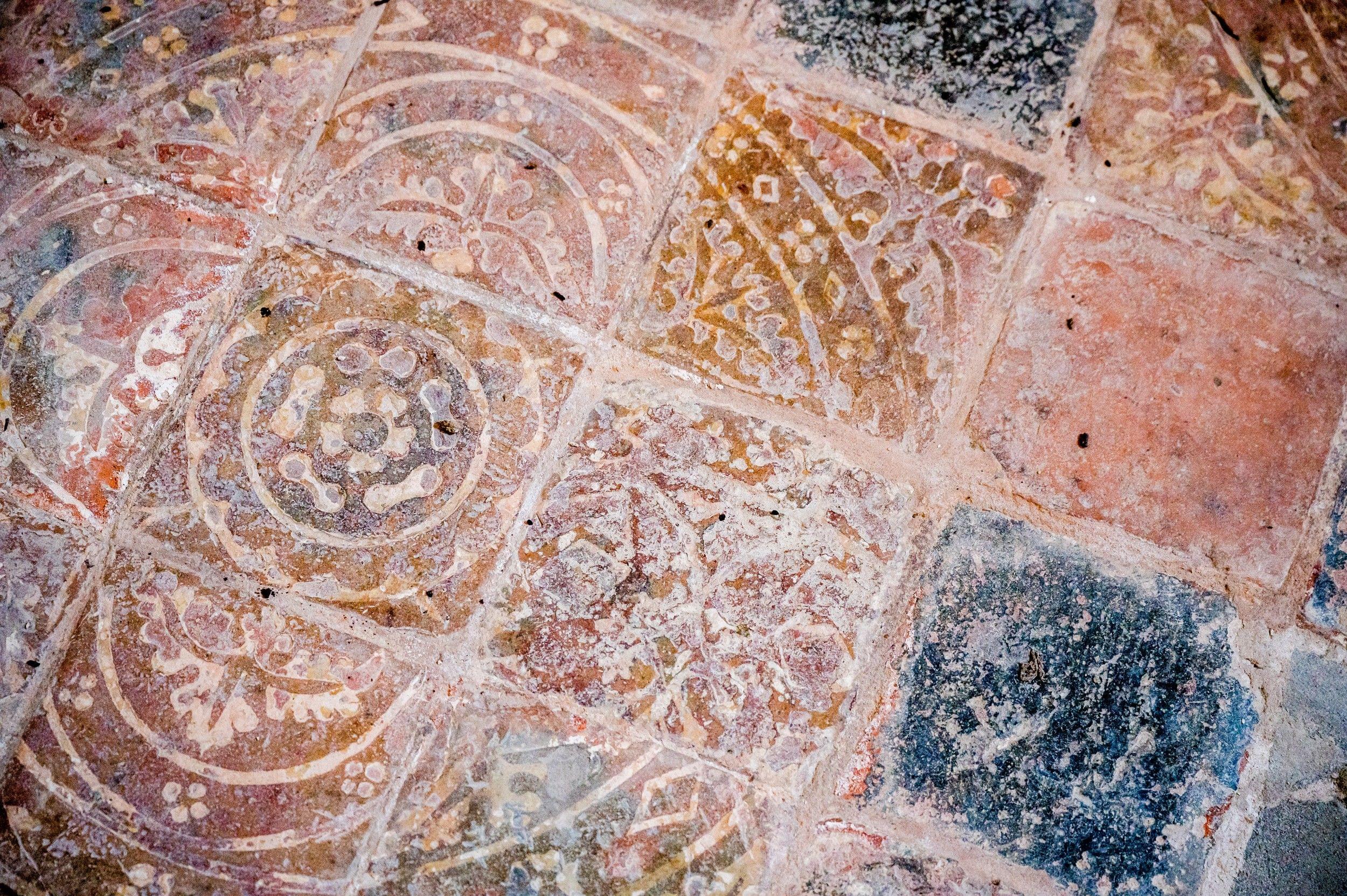St Giles
Cromwell, Nottinghamshire
Cromwell, a small village of around 200 inhabitants, lies to the west of the Trent about five miles north of Newark.

The history of St Laurence has been bound up with Southwell Minster for almost one thousand years.
Norwell, Nottinghamshire
It’s surprisingly large, seating 350 people. Points of historic interest include two 14th century effigies, a rood stairway, an impressive 15th century clerestory and two windows with glass by Kempe. The churchyard holds three 17th century headstones and an interesting sundial. Immediately to the south is the moat of Overhall manor once held by the prebendary of Norwell Overhall, the village’s main landlord.
Domesday Book mentions a priest in Nortwelle in 1086. By then the history of the church in the village was already bound up with the prebendal system at Southwell. Thus the history of St Laurence has been bound up with that of Southwell Minster and its Chapter for almost one thousand years. This is true both of the social and economic history of Norwell, and also the development of the church building through time.
It is likely that the parish boundaries were essentially fixed during the late Anglo Saxon period, perhaps specifically when Archbishop Ealdred acquired land and the village passed largely into the hands of the church. In the latter half of the 12th century, probably between 1150 and 1180, a more extensive three bayed church was started.
The earliest substantial part of the existing church building is the late 12th century south doorway, though it may have been moved to its present position a few years later when the south aisle (its solid round pillars, with waterleaf capitals, dated stylistically 1200-25) was punched through the walls of the earliest stone church. The main stone of the church is skerry (dolomitic sandstone), possibly quarried in nearby Maplebeck.
There have been three prebendaries or canons of Norwell since the thirteenth century; some of them were rich and important and contributed to enlarging the church. Late 13th and early 14th century Archbishops of York were frequent visitors to Norwell. It is not surprising that a certain amount of ecclesiastical business was transacted when this happened.
The dilapidated chancel was restored in 1857 and the rest of the church in 1874 by Ewan Christian, but many earlier features remain. Just to the south of the church is a moat, which marks the site of Overhall Manor. This belonged to the Prebendary of Overhall and was besieged in the Civil War.
Cromwell, Nottinghamshire
Cromwell, a small village of around 200 inhabitants, lies to the west of the Trent about five miles north of Newark.
Carlton on Trent, Nottinghamshire
A medieval church containing Norman fabric and which was a chapel of ease for the parish of Norwell existed on the site of the present building; it was demolished in 1849.
Caunton, Nottinghamshire
The village, but not the church, is mentioned in Domesday Book.